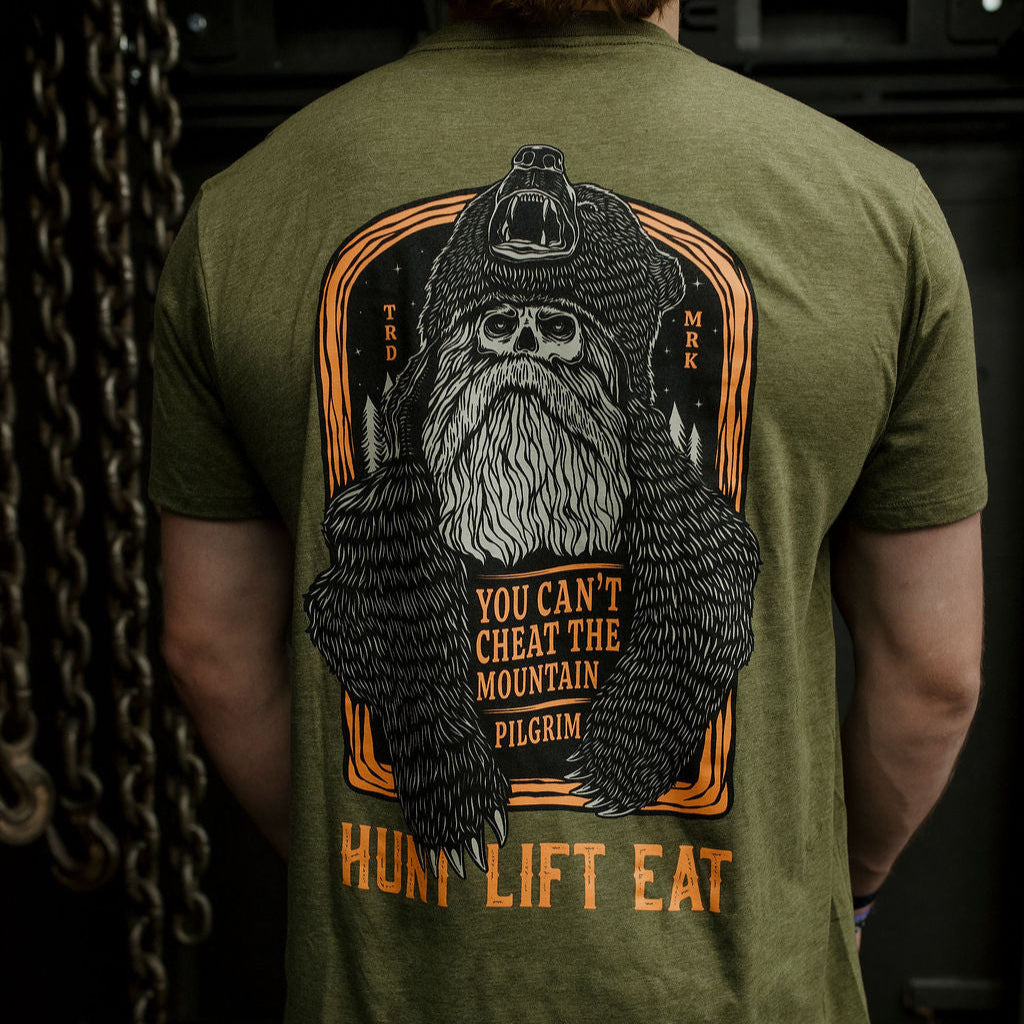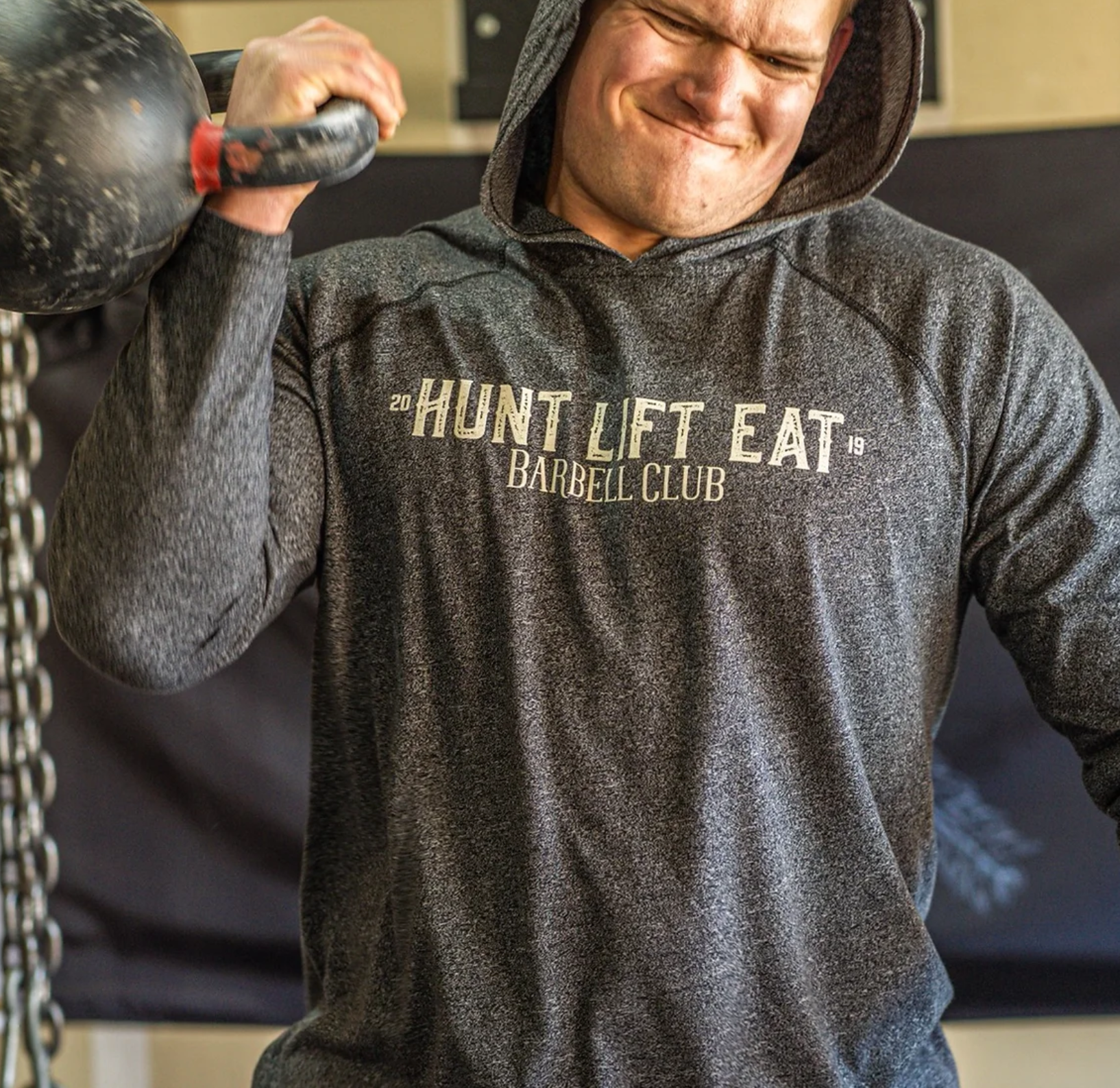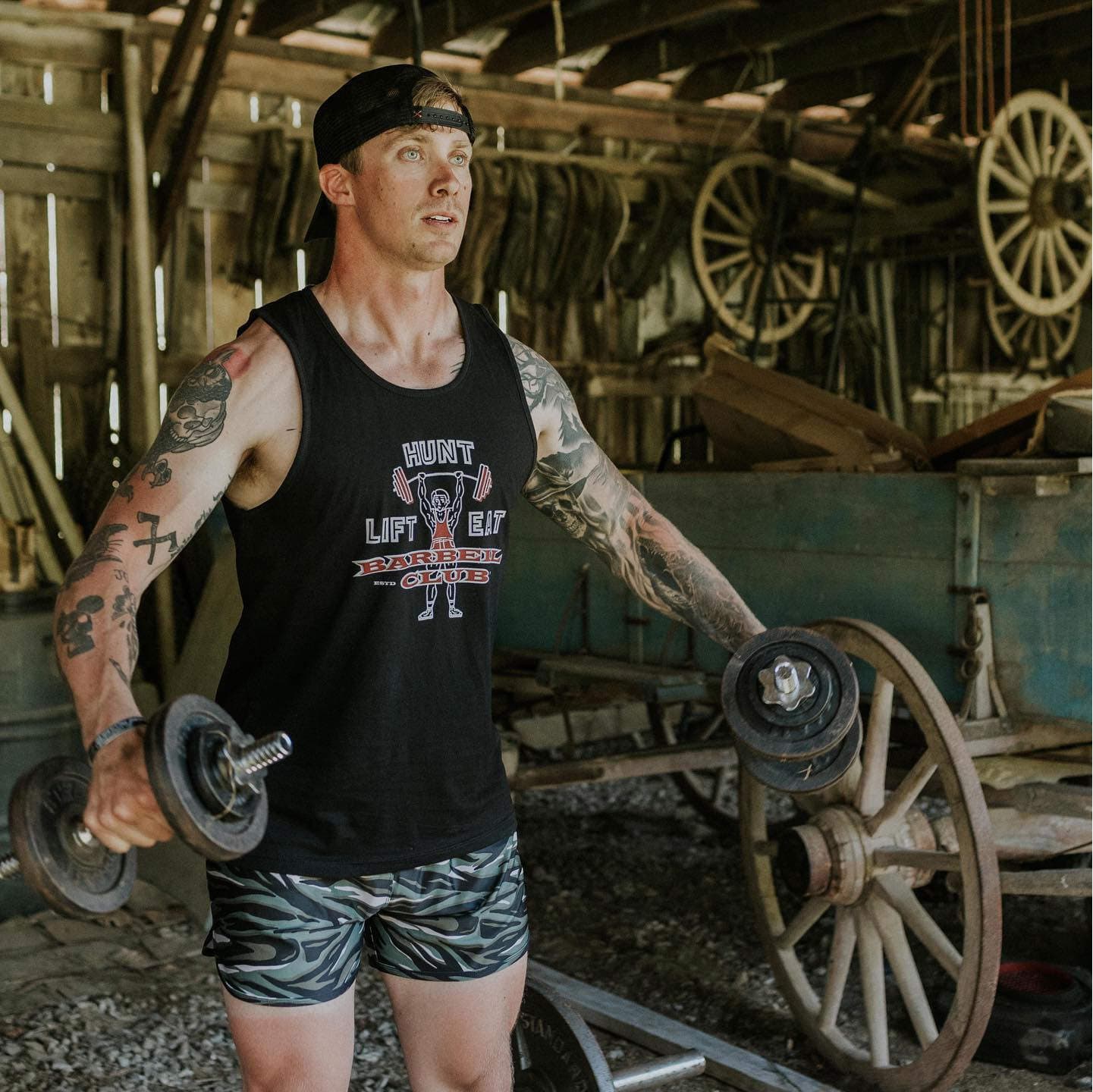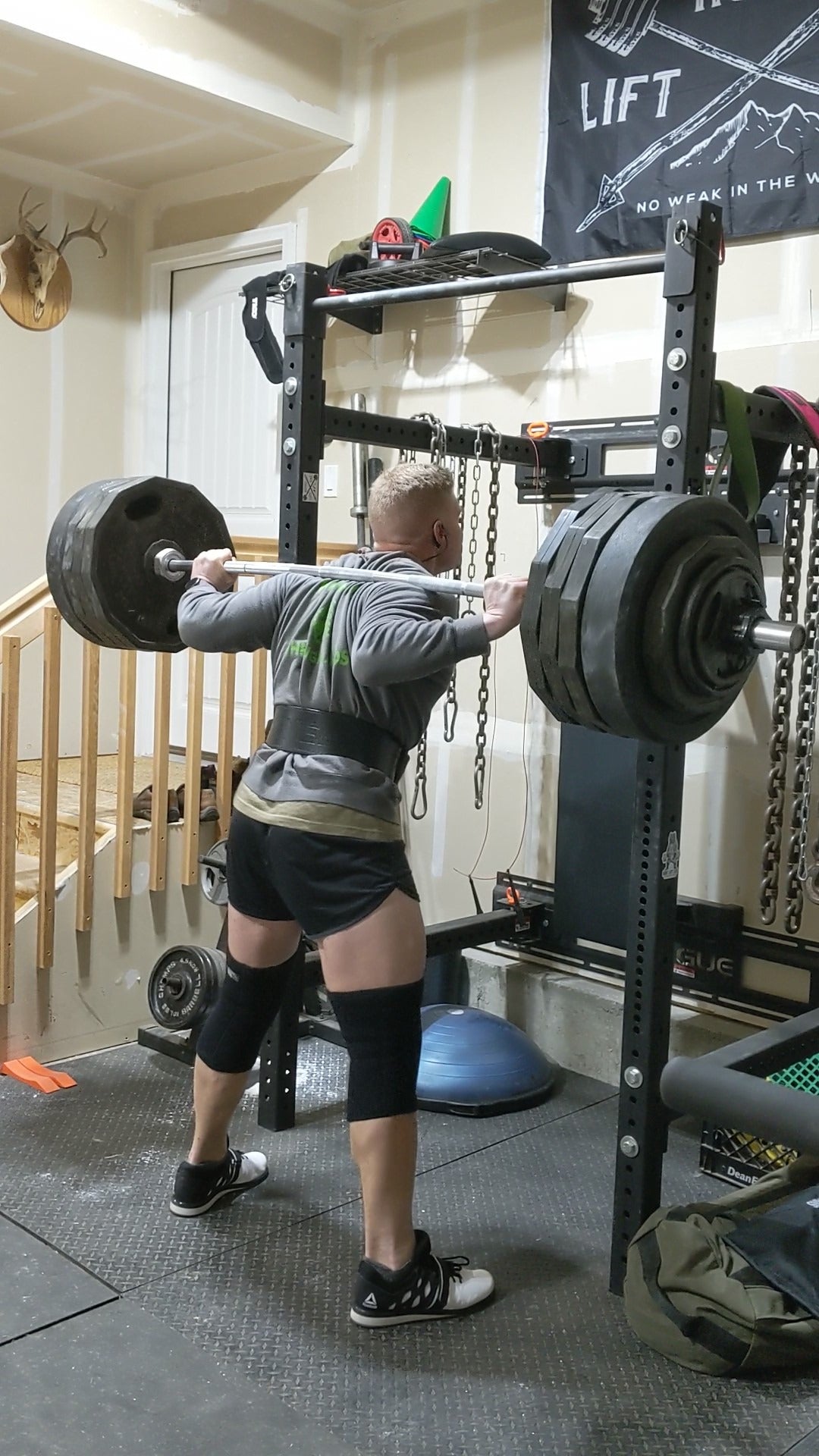 On a small piece of hunting land in Argillite, KY that neighbors Greenbo Lake State Park, sits a bare 30x90 foot stretch of flat land where a food plot was supposed to be. Notice I said “supposed to be.” This is the story about how a hunting buddy and I took a really good hunting spot, tried to make it better, and due to our mistakes actually might have made it worse. However, like all other mistakes in life, it’s not about the mistakes you make. It’s more about how you are able to make necessary adjustments and get back after it! As outdoorsmen, we have to be constant learners of our craft and the animals we pursue. To me, this means that when you make mistakes, learn from them and do the research necessary to improve the outcome the next go around.
On a small piece of hunting land in Argillite, KY that neighbors Greenbo Lake State Park, sits a bare 30x90 foot stretch of flat land where a food plot was supposed to be. Notice I said “supposed to be.” This is the story about how a hunting buddy and I took a really good hunting spot, tried to make it better, and due to our mistakes actually might have made it worse. However, like all other mistakes in life, it’s not about the mistakes you make. It’s more about how you are able to make necessary adjustments and get back after it! As outdoorsmen, we have to be constant learners of our craft and the animals we pursue. To me, this means that when you make mistakes, learn from them and do the research necessary to improve the outcome the next go around. Let’s go back to the Fall of 2019. I remember getting a call from Josh Hess. Hess is one of my hunting buddies, but he’s honestly more like a brother. We met in middle school science class and started hunting together as soon as we got our driver’s license and I bought my first truck to get us from point A to point B. I remember Hess calling me about getting permission to hunt a new piece of hunting land out next to Greenbo Lake State Park. Greenbo is known to have a huge deer population with some really impressive trophy bucks in and around the area of the state forest. As the crow flies, this new hunting property was just a couple ridgelines over, so we were instantly fired up and couldn’t wait to check this out. The only problem was that it was already October, so there wasn’t much we could do or really any time to get in and scout this property hard without disturbing and bumping deer.
 Instead, we took a blind and a very minimal approach to keep from bumping deer and spreading our scent around while trying to scout just a week before we were wanting to hunt. Hess and I went out to the property the weekend before rifle season in Kentucky, found a nice flat that had been heavily traveled, put up a blind, set up a corn feeder, and got out of there. Throughout the 2019 rifle season, we were absolutely blessed with our results. We saw deer, and most of the time multiple deer every time we stepped in the woods. Hess ended up harvesting a couple deer with one being a warrior 14-point buck that came in during the rut fighting off other small bucks and chasing a hot doe (that’s another hunting story for another day).
Instead, we took a blind and a very minimal approach to keep from bumping deer and spreading our scent around while trying to scout just a week before we were wanting to hunt. Hess and I went out to the property the weekend before rifle season in Kentucky, found a nice flat that had been heavily traveled, put up a blind, set up a corn feeder, and got out of there. Throughout the 2019 rifle season, we were absolutely blessed with our results. We saw deer, and most of the time multiple deer every time we stepped in the woods. Hess ended up harvesting a couple deer with one being a warrior 14-point buck that came in during the rut fighting off other small bucks and chasing a hot doe (that’s another hunting story for another day).
 At the conclusion of the 2019 season, as any hunter should, we looked back on our 1st full season hunting this property and thought about the ways we could improve for the next year to make our good hunting spot a great one! We tossed around some ideas about cutting more shooting lanes and scouting out other parts of the property, but our best idea was to try and sow a small food plot on the flat that we were hunting. In our minds, we knew that we already had a honey hole for fall seasons to come, but if we could tweak a few things to our advantage it would make our chances at repeating 2019 even greater!
At the conclusion of the 2019 season, as any hunter should, we looked back on our 1st full season hunting this property and thought about the ways we could improve for the next year to make our good hunting spot a great one! We tossed around some ideas about cutting more shooting lanes and scouting out other parts of the property, but our best idea was to try and sow a small food plot on the flat that we were hunting. In our minds, we knew that we already had a honey hole for fall seasons to come, but if we could tweak a few things to our advantage it would make our chances at repeating 2019 even greater! We picked a day in the early summer of 2020 and put the plan into action. With some hard work from a few more good friends who offered to lend a helping hand and my dad’s garden tiller, we got to work. We took a chainsaw to the small undergrowth saplings and a weed eater to all of the bushes and briars until we had a clear cut that measured about 30 feet wide and 90 feet long. Then, we raked out all of the sticks and leaves until we exposed the topsoil below. Next, even though the seed we were sowing was a “no till” plant, I took the tiller and broke loose the top 2-3” of ground so the seeds would mix in much better with the newly tilled soil. Lastly, it was time to spread the seed. Since we were such beginners on this project, we bought a premixed seed of “Throw and Gro: No-till Forage” that consisted of Clover, Ryegrass, and Brassicas. Now, we wait.
We picked a day in the early summer of 2020 and put the plan into action. With some hard work from a few more good friends who offered to lend a helping hand and my dad’s garden tiller, we got to work. We took a chainsaw to the small undergrowth saplings and a weed eater to all of the bushes and briars until we had a clear cut that measured about 30 feet wide and 90 feet long. Then, we raked out all of the sticks and leaves until we exposed the topsoil below. Next, even though the seed we were sowing was a “no till” plant, I took the tiller and broke loose the top 2-3” of ground so the seeds would mix in much better with the newly tilled soil. Lastly, it was time to spread the seed. Since we were such beginners on this project, we bought a premixed seed of “Throw and Gro: No-till Forage” that consisted of Clover, Ryegrass, and Brassicas. Now, we wait.  A couple weeks later we instantly saw results. The clover was starting to really pop and come in great. This was going to be perfect for us considering that archery season in Kentucky was about 6 weeks away. Everything was still going smoothly and we were getting plenty of growth 4-6 weeks after our plant date, but that was about to change. One week before the start of bow season we decided to stop and make one last check to see how our plot was shaping up. We expected to see thick clover that was going to help lure in another big boy within the next 2 months, but what we saw was the complete opposite. We saw nothing. Our clover was brown, dead, and sunken into the freshly cleared top soil. Taken aback, it was hard to make sense of what went wrong and how in just a couple weeks we went from a growing and flourishing plot of fresh clover to absolutely nothing. So, to reflect, what actually went wrong? Here are some things to take away and some things that we should have done differently.
A couple weeks later we instantly saw results. The clover was starting to really pop and come in great. This was going to be perfect for us considering that archery season in Kentucky was about 6 weeks away. Everything was still going smoothly and we were getting plenty of growth 4-6 weeks after our plant date, but that was about to change. One week before the start of bow season we decided to stop and make one last check to see how our plot was shaping up. We expected to see thick clover that was going to help lure in another big boy within the next 2 months, but what we saw was the complete opposite. We saw nothing. Our clover was brown, dead, and sunken into the freshly cleared top soil. Taken aback, it was hard to make sense of what went wrong and how in just a couple weeks we went from a growing and flourishing plot of fresh clover to absolutely nothing. So, to reflect, what actually went wrong? Here are some things to take away and some things that we should have done differently.  1. We should have accounted for the amount of direct sunlight our plants needed on a daily basis. Even though “Throw and Gro” doesn’t require a high amount of sunlight, we were only getting partial sunlight throughout the day. Turns out, the sun is a food plot’s best friend.
1. We should have accounted for the amount of direct sunlight our plants needed on a daily basis. Even though “Throw and Gro” doesn’t require a high amount of sunlight, we were only getting partial sunlight throughout the day. Turns out, the sun is a food plot’s best friend.2. Before you put in the hard work to try and grow a food plot for your hunting area, think about your sunlight. We should have spent some time clearing some overhead branches and medium sized trees that would have given us more direct sunlight throughout the day.
3. Even though deer were frequently traveling the flat the year before, now that it was completely clear cut there was very little movement. I believe this was due to lack of cover now in a natural travel area.
4. Not only did we spend a ton of time and a few days of really hard work to try and make this happen, we disturbed the natural funnel of deer movement by clearing out all of their protective cover.
5. We should have spent much more time researching the do’s and don'ts of food plots before we started work. Looking back now, a little more time researching would’ve saved us a lot of time and hard work, which ended up being for nothing. Lesson learned. Work smarter, not harder.
What’s most important is that we take this experience as an opportunity to improve and learn from the mistakes we made. If you ever decide that you want to try a land project similar to ours, I hope reading this article will help you by not making the same mistakes that we did. Remember, be patient and spend plenty of time researching and asking questions before trying to put your plan into action. Hopefully you'll be able to take some of my advice from this article and put your own property management goals into action many hunting seasons to come! As any adversity you may face in life and in the outdoors, we must learn how to overcome and adapt!!!
Thanks for reading!
By: Josh Reed
IG: @josh3reed









Leave a comment
This site is protected by hCaptcha and the hCaptcha Privacy Policy and Terms of Service apply.